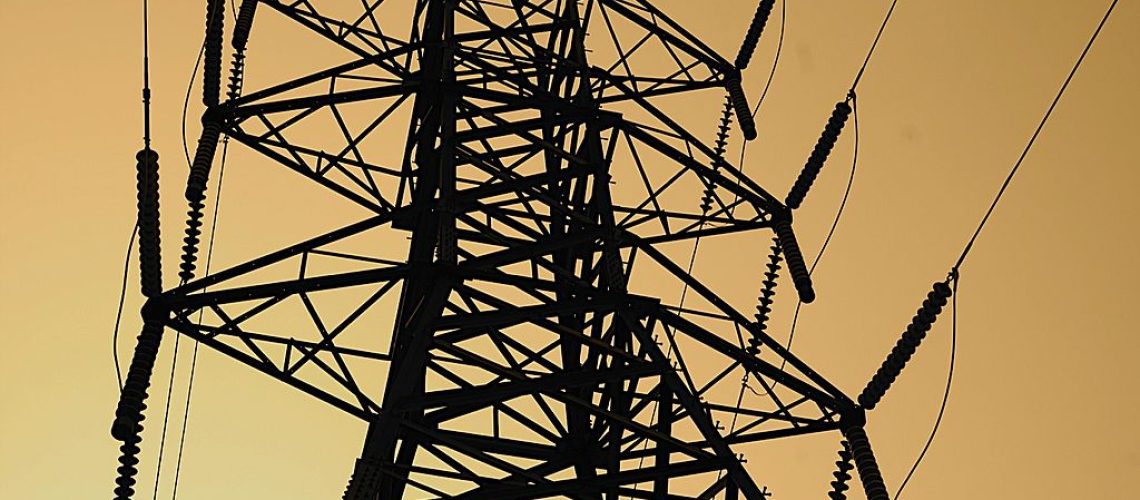The Federal-State Modern Grid Deployment initiative aims to shore up the U.S. energy grid to prepare for both challenges and opportunities in the power sector.
The Federal-State Modern Grid Deployment Initiative received commitments from 21 states. The program aims to bring together states, federal entities and power sector stakeholders to help modernize the U.S. power grid in order to meet an onslaught of both challenges and opportunities the sector will face in coming years.
The 21 states include Arizona, California, Colorado, Connecticut, Delaware, Hawai‘i, Illinois, Kentucky, Maine, Maryland, Massachusetts, Michigan, New Jersey, New Mexico, New York, North Carolina, Oregon, Pennsylvania, Rhode Island, Washington, and Wisconsin.
These states have committed to prioritizing efforts to adopt modern grid solutions to expand grid capacity and build modern grid capabilities on both new and existing transmission and distribution lines.
“American economic competitiveness globally relies on access to low-cost, reliable power. The Federal-State Modern Grid Deployment Initiative announced earlier today and already supported by 21 states, is meaningful progress toward the upgraded and better-connected transmission system that lies at the heart of the vision of ACORE’s Macro Grid Initiative,” said Ray Long, President and CEO of the American Council on Renewable Energy (ACORE). “This announcement builds on the commendable commitment to upgrade 100,0000 miles of existing transmission lines by utilizing public-private partnerships to deploy readily available technologies, such as grid enhancing technologies and high-performance conductors.
U.S. power grid used today was built in the 1960s and 70s. The aging grid struggles to handle the extreme weather events caused by climate change, let alone the renewable energy needed to meet energy goals. According to the U.S. Department of Energy, 70% of transmission lines are over 25 years old and approaching the end of their typical lifecycle.
In the past, expanding the capacity of the U.S. power grid had relied on building new transmission lines with technologies that have not changed since the mid-twentieth century. However, with today’s new modern grid technologies such as high-performance conductors and grid-enhancing technologies enable double or more the amount of power than is handled on today’s transmission lines, the grid can be upgraded quickly and in a cost effective manner compared to constructing new transmission lines.
States can receive technical and analytical assistance from the U.S. Climate Alliance. In conjunction the Department of Energy(DOE) has many technical assistance programs that aim to support analysis for utilities, policy makers, regulators, state energy offices, and other stakeholders.
Funding to help states deploy advanced grid technologies is made possible through the Inflation Reduction Act (IRA) and Bipartisan Infrastructure Law (BIL). For example, the DOE’s Grid Deployment Office is administering $10.5 billion in competitive grant funding through the Grid Resilience and Innovation Partnerships (GRIP) Program.
The DOE Loan Programs Office has $250 billion of loan guarantee authority to provide low-interest financing to projects that upgrade existing energy infrastructure, with program guidance that highlights reconductoring as a qualifying project example. The Department of Agriculture’s Empowering Rural America (New ERA) program provides $9.7 billion in low interest loans or grants and represents the largest investment in rural electrification since 1936, with eligibility for transmission system upgrades.
Funding is also available through the Grid Resilience and Innovation Partnership (GRIP) program, which recently closed applications for up to $2.7 billion in DOE grant funding under a second round. The intention of the program is to fund projects that will upgrade and modernize the transmission and distribution system to increase reliability and resilience to prepare the grid for extreme weather as well as to ensure delivery of affordable, clean electricity to all communities across the nation.
Grid-enhancing technologies (GETs) were cited by an RMI study as potentially capable of saving project developers collectively hundreds of millions of dollars in interconnection costs compared to default network upgrades, while the project-level savings “could be the difference” that allows a developer to build a project instead of dropping out of the queue. The study notes that GETs can also be installed more quickly than other network upgrades.
The Federal Energy Regulatory Commission (FERC) recently issued a final rule on Regional Transmission Planning and Cost Allocation, Order 1920, which adopts requirements for how transmission providers must conduct long-term planning for regional transmission facilities, consider the use of advanced conductors and Grid Enhancing Technologies.
The Solar Energy Industries Association (SEIA) has been involved with this rulemaking proceeding over the past two years, advocating for reforms to the transmission planning process to account for all the benefits that clean energy offers.
“We’re pleased FERC took several steps to improve America’s outdated transmission system, including following SEIA’s recommendations requiring transmission providers to engage in long-term regional planning,” said Melissa Alfano, senior director of energy markets and counsel for SEIA.
[Also read: 50 states of grid modernization]



